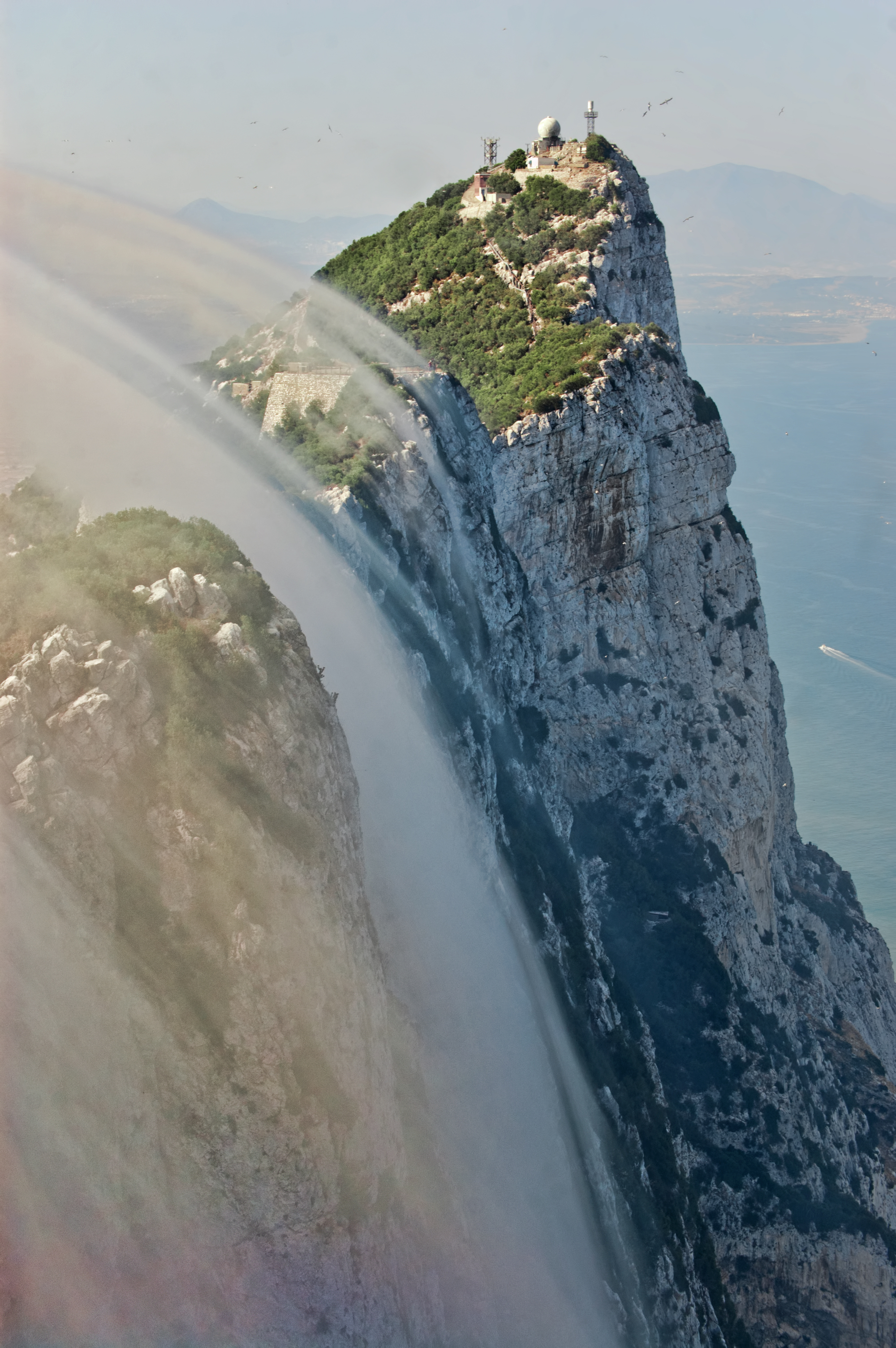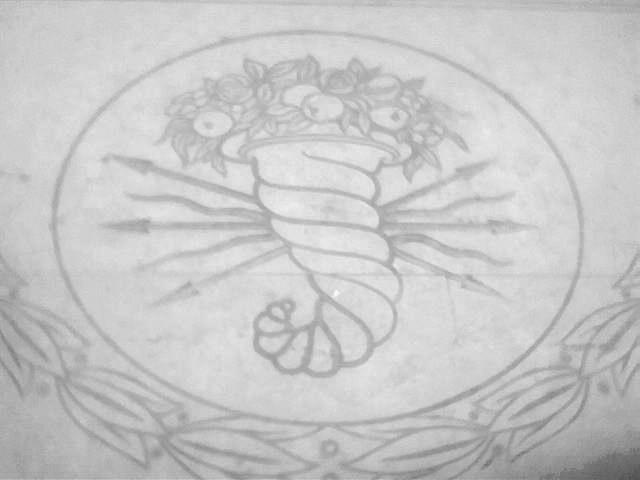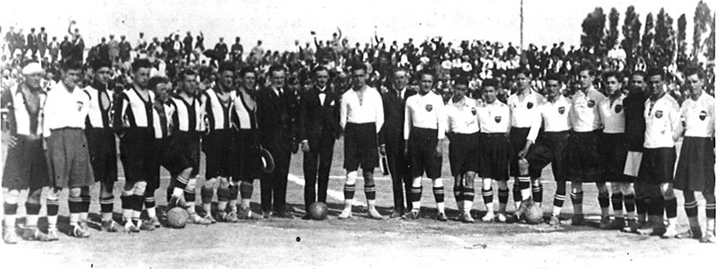|
Spanish Levante
The Levante (; Catalan: ; "Levant, East") is a name used to refer to the eastern region of the Iberian Peninsula, on the Spanish Mediterranean coast. It roughly corresponds to the former Xarq Al-Andalus, but has no modern geopolitical definition. Rather, it broadly includes the autonomous communities of Valencia (provinces of Alicante, Castellón and Valencia), Murcia, Catalonia (Barcelona, Girona and Tarragona), the eastern part of Castile-La Mancha (Albacete and Cuenca), eastern Andalusia (Almería, Granada and Jaén), southern Aragon (Teruel) and the Balearic Islands. However, in its normal usage, the Levante specifically refers to the Valencian Community, Murcia, Almería, the Balearics and the coast of Catalonia. Among inhabitants of the Levante, the term is rarely used. Its literal meaning is "the east", and thus makes sense only from the perspective of those who live to the west of Valencia, Catalonia, or the Balearics. However, the Levante does lend its name to ... [...More Info...] [...Related Items...] OR: [Wikipedia] [Google] [Baidu] |
Map Spain Levante
A map is a symbolic depiction emphasizing relationships between elements of some space, such as objects, regions, or themes. Many maps are static, fixed to paper or some other durable medium, while others are dynamic or interactive. Although most commonly used to depict geography, maps may represent any space, real or fictional, without regard to context or scale, such as in brain mapping, DNA mapping, or computer network topology mapping. The space being mapped may be two dimensional, such as the surface of the earth, three dimensional, such as the interior of the earth, or even more abstract spaces of any dimension, such as arise in modeling phenomena having many independent variables. Although the earliest maps known are of the heavens, geographic maps of territory have a very long tradition and exist from ancient times. The word "map" comes from the , wherein ''mappa'' meant 'napkin' or 'cloth' and ''mundi'' 'the world'. Thus, "map" became a shortened term referring to ... [...More Info...] [...Related Items...] OR: [Wikipedia] [Google] [Baidu] |
Albacete (province)
Albacete ( es, Provincia de Albacete, ) is a province of central Spain, in the southern part of the autonomous community of Castile–La Mancha. As of 2012, Albacete had a population of 402,837 people. Its capital city, also called Albacete, is by road southeast of Madrid. History The territory occupied by the province of Albacete has been inhabited since ancient times, as evidenced by cave paintings in the Cueva del Niño and Cueva de la Vieja. In Roman times, the territory of the present province of Albacete was part of Carpetania and Celtiberia, Contestania, Bastetania and Oretania. In Roman times, the Romans built a significant settlement at Libisosa, and during the age of the Visigoths, Tolmo de Minateda grew in prominence. During the Muslim era, territories of the province were under different zones of influence, and numerous farmhouses, castles and watchtowers developed to fight off invaders. A number of battles were held here in the Middle Ages, and on April 25, 1707 ... [...More Info...] [...Related Items...] OR: [Wikipedia] [Google] [Baidu] |
Levant (wind)
The levant ( ca, Llevant, it, Levante, mt, Lvant, el, Λεβάντες, es, Levante) is an easterly wind that blows in the western Mediterranean Sea and southern France, an example of mountain-gap wind. In Roussillon it is called "llevant" and in Corsica "levante". In the western Mediterranean, particularly when the wind blows through the Strait of Gibraltar, it is called the Viento de Levante or the Levanter. It is also known as the Solano. When blowing moderately or strongly, the levant causes heavy swells on the Mediterranean. Usually gentle and damp, the levant frequently brings clouds and rain. When it brings good weather, it is known as the "''levant blanc''",Meteo-France website (in French) on "Vents regionaux and vents locaux" or "''levante calma''" in Gibraltar. The origin of the name is the same as the origin of the Levant, the region of the eastern Mediterranean: it is the Latin word "levante", the participle of levare "to raise" – as in sol levante "ri ... [...More Info...] [...Related Items...] OR: [Wikipedia] [Google] [Baidu] |
Levante Offensive
The Levante Offensive, launched near the end of March 1938, was an attempt by Nationalist forces under Francisco Franco to capture the Republican held city of Valencia during the Spanish Civil War. The Nationalists occupied the province of Castellón, but the offensive failed due to bad weather and the dogged resistance of the Republican troops at the XYZ defensive line. Background Following the success of the Aragon Offensive resulting in the Nationalist armies reaching the Mediterranean Sea, the Republic was split in two; the Spanish Republican Army was in disarray and the road to Barcelona was open for conquest by the Nationalists. Even General Vicente Rojo said that Barcelona could have been taken with "less force and in less time" than in January 1939. The Nationalist generals and Francisco Franco's German and Italian allies expected a swift attack against Barcelona. Nevertheless, Franco decided to turn south against the capital of the Spanish Republic at Valencia,Beevor, ... [...More Info...] [...Related Items...] OR: [Wikipedia] [Google] [Baidu] |
Valencia
Valencia ( va, València) is the capital of the autonomous community of Valencia and the third-most populated municipality in Spain, with 791,413 inhabitants. It is also the capital of the province of the same name. The wider urban area also comprising the neighbouring municipalities has a population of around 1.6 million, constituting one of the major urban areas on the European side of the Mediterranean Sea. It is located on the banks of the Turia, on the east coast of the Iberian Peninsula, at the Gulf of Valencia, north of the Albufera lagoon. Valencia was founded as a Roman colony in 138 BC. Islamic rule and acculturation ensued in the 8th century, together with the introduction of new irrigation systems and crops. Aragonese Christian conquest took place in 1238, and so the city became the capital of the Kingdom of Valencia. The city's population thrived in the 15th century, owing to trade with the rest of the Iberian Peninsula, Italian ports and other loca ... [...More Info...] [...Related Items...] OR: [Wikipedia] [Google] [Baidu] |
Levante UD
Levante Unión Deportiva, S.A.D. (, ca-valencia, Llevant Unió Esportiva ) is a Spanish football club in Valencia, in the namesake autonomous community. Founded on 9 September 1909, Levante play in Segunda División, holding home games at Ciutat de València Stadium.http://files.laliga.es/pdfs_estadios/estadio-ciutat-de-valencia.pdf History Early years (1909–1935) Levante UD was formerly registered as Levante Football Club on 9 September 1909 (celebrating its 100th anniversary on 9 September 2009). Levante Union Deportiva (Football Club) has the eastern region of the Iberian Peninsula as its namesake. Levante is Spain's east coast, the coast where the sun always rises (rise in Spanish being levantar). Levante UD's name is likewise attributed to the Levant wind that comes from the east and reminiscent of the Levante beach in La Malvarrosa, where Levante Football Club (as Levante Union Deportiva was originally named) clashed some of its earliest fixtures. Historicall ... [...More Info...] [...Related Items...] OR: [Wikipedia] [Google] [Baidu] |
Murcia
Murcia (, , ) is a city in south-eastern Spain, the Capital (political), capital and most populous city of the autonomous community of the Region of Murcia, and the List of municipalities of Spain, seventh largest city in the country. It has a population of 460,349 inhabitants in 2021 (about one third of the total population of the Region). The total population of the metropolitan area is 672,773 in 2020, covering an urban area of 1,230.9 km2. It is located on the Segura, Segura River, in the southeast of the Iberian Peninsula. It has a climate with hot summers, mild winters, and relatively low precipitation. Murcia was founded by the emir of Cordoba Abd ar-Rahman II in 825 with the name ''Mursiyah'' ( ar, مرسية). It is now mainly a services city and a University of Murcia, university town. Highlights for visitors include the Cathedral of Murcia and a number of baroque architecture, baroque buildings, renowned local cuisine, Holy Week procession, works of art by the famous ... [...More Info...] [...Related Items...] OR: [Wikipedia] [Google] [Baidu] |
Balearic Islands
The Balearic Islands ( ca, Illes Balears ; es, Islas Baleares or ) are an archipelago in the western Mediterranean Sea, near the eastern coast of the Iberian Peninsula. The archipelago forms a Provinces of Spain, province and Autonomous communities of Spain, autonomous community of Spain, with Palma de Mallorca being its capital and largest city. Formerly part of the Kingdom of Majorca, Kingdom of Mallorca, the islands were made a province in the 19th century provincial division, which in 1983 received a Statute of Autonomy of the Balearic Islands, Statute of Autonomy. In its later reform of 2007, the Statute designates the Balearic Islands as one of the ''nationalities and regions of Spain, nationalities'' of Spain. The official Languages of Spain, languages of the Balearic Islands are Catalan language, Catalan and Spanish language, Spanish. The archipelago islands are further grouped in western Pityusic Islands, Pytiuses (the largest being Ibiza and Formentera), and east ... [...More Info...] [...Related Items...] OR: [Wikipedia] [Google] [Baidu] |
Teruel (province)
Teruel (Catalan: ''Terol'' ) is a province of Aragon, in the northeast of Spain. The capital is Teruel. It is bordered by the provinces of Tarragona, Castellón, Valencia (including its exclave Rincón de Ademuz), Cuenca, Guadalajara, and Zaragoza. The area of the province is 14,809 km². Its population is 134,572 (2018), of whom about a quarter live in the capital, and its population density is 9.36/km². It contains 236 municipalities, of which more than half are villages of under 200 people. Teruel is the second-least populated province of Spain, also the second smallest in population density after Soria. The main language throughout the province is Spanish (with official status), although Catalan is spoken in a northeastern area bordering Catalonia. Geography This province is located in the mountainous Sistema Ibérico area. The main ranges in the province of Teruel are Sierra de la Virgen, Sierra de Santa Cruz, Sierra de Cucalón, Sierra de San Just, Sierra Ca ... [...More Info...] [...Related Items...] OR: [Wikipedia] [Google] [Baidu] |
Aragon
Aragon ( , ; Spanish and an, Aragón ; ca, Aragó ) is an autonomous community in Spain, coextensive with the medieval Kingdom of Aragon. In northeastern Spain, the Aragonese autonomous community comprises three provinces (from north to south): Huesca, Zaragoza, and Teruel. Its capital is Zaragoza. The current Statute of Autonomy declares Aragon a '' historic nationality'' of Spain. Covering an area of , the region's terrain ranges diversely from permanent glaciers to verdant valleys, rich pasture lands and orchards, through to the arid steppe plains of the central lowlands. Aragon is home to many rivers—most notably, the river Ebro, Spain's largest river in volume, which runs west–east across the entire region through the province of Zaragoza. It is also home to the highest mountains of the Pyrenees. , the population of Aragon was , with slightly over half of it living in its capital city, Zaragoza. In 2020, the economy of Aragon generated a GDP of million, w ... [...More Info...] [...Related Items...] OR: [Wikipedia] [Google] [Baidu] |
Province Of Jaén (Spain)
Jaén () is a province of southern Spain, in the eastern part of the autonomous community of Andalusia. It is bordered by the provinces of Ciudad Real, Albacete, Granada and Córdoba. Its capital is Jaén city. Its area is 13,484 km². Its population is 657,387 (2003), about one sixth of whom living in the capital. It contains 97 municipalities. The highest point of the province is Pico Mágina (2165 m). One of the less-known provinces of Spain, compared to the tourist-oriented coast, it has four national parks and many other protected natural areas. The province also contains two Renaissance cities, Úbeda and Baeza, both recently declared World Heritage Sites by UNESCO. The province has among the highest concentration of castles in the world outside the Levant, thanks to its strategic position during the ''Reconquista''. The annual chess tournament, held until 2010 in Linares, attracted many of the world's best players. The province is the largest producer of olive oil ... [...More Info...] [...Related Items...] OR: [Wikipedia] [Google] [Baidu] |
Granada (province)
Granada is a province of southern Spain, in the eastern part of the autonomous community of Andalusia. It is bordered by the provinces of Albacete, Murcia, Almería, Jaén, Córdoba, Málaga, and the Mediterranean Sea (along the Costa Tropical). Its capital city is also called Granada. The province covers an area of . Its population was 921,338 , of whom about 30% live in the capital, and its average population density is . It contains 170 municipalities. Geography The tallest mountain in the Iberian Peninsula, Mulhacén, is located in Granada. It measures . The next highest mountains in the province are Veleta () and Alcazaba (). The river Genil, which rises in Granada, is one of the main tributaries of the Guadalquivir. Other important rivers include the Fardes, Monachil, Guadalfeo, Dílar, Ízbor, Verde and Darro. Granada shares the Sierra Nevada National Park (in the Sierra Nevada mountain range) with Almería province. Another important range is the Sierra de B ... [...More Info...] [...Related Items...] OR: [Wikipedia] [Google] [Baidu] |





